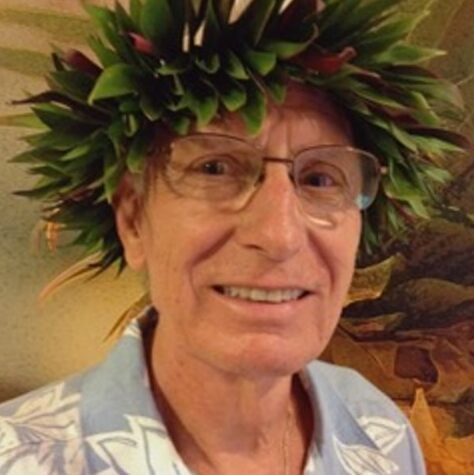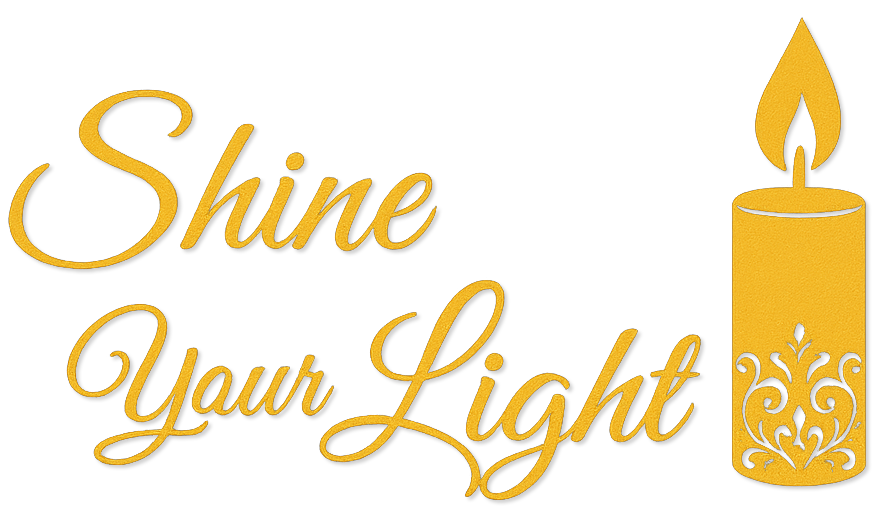Rev. Dr. Robert W. Nelson

The Labyrinthine Path of Life
From the Editor: Rev. Dr. Robert W. Nelson (read manuscript below the video) recalls his life’s pathway which has led him to “turn around” his attitudes and actions toward others. His journey brought about a shift in his childhood attitudes toward Japanese-Americans during World War II. He was confronted in his bias against those who were more wealthy than he. The journey ushered him through his years as a minister within an African-American congregation in Los Angeles, and as a pastor to First Nation Peoples in Alaska. As a (busy) retired Episcopal priest who is heavily involved in serving others on the island of Maui, he continues to learn and grow from Hawaiian values and culture. Watch this video of Bob’s meditation and be inspired to consider your own Labyrinthine Path of Life.
I used to walk the labyrinth right outside my office at St. Mary’s Church, Anchorage. The labyrinth is this single pathway you walk around slowly. It allows you come to yourself and to contemplate whatever, or to meditate or pray. It takes you on a complex path around a circle midway between other circles, some of which are more central and some that are farther outward, but inevitably leading you to the center of it all.
I made it a regular practice to walk that pathway, especially whenever I would be trying to solve a problem, ensnarled in some conflict or facing a difficult decision. As I slowly walked around the path that took me in one direction, I would come to an about face and the path would lead me back in the opposite direction. And that would happen over and over again, sometimes on a smaller circle further in and sometimes on a larger one further out completely surrounding the smaller ones, but the path was inevitably leading me to the very center of all those concentric circles. For me, it was like a debate mentally and spiritually. I would present one side of a problem or conflict, usually my own. And then when the path took me back in the opposite direction, I would attempt to look at it from a different perspective or, perhaps, another person’s side, and on and on. Eventually, the path ends up at the very center of all those circles, where I would try to sit or stand for a time considering whether there might be anything more to consider, especially some new way to bring peace or resolution.
In these times of division and conflict, I have come to find that there’s healing in turning again and again and seeking a possible new reality, because I’ve come to believe that truth wants to walk along with us. This has certainly been my personal experiences with the biases I’ve held—the stereotyping and prejudging, the distorted perceptions and stories I’d been told or that I’d made far too often in my life. At four years old in 1944, and even though we had friends who were Japanese-American who had been “removed” to internment camps by the government, I marched with other little children around the neighborhood, yelling, “Kill the Japs!” It’s been shameful to me ever since, but I had to turn such hateful behavior around a short time later when I learned that all the beautiful things my folks were storing in our basement were the only possessions remaining of their Japanese-American fisher friends. They were keeping them for their hoped-for return.
Later when I was in high school, I was deeply biased against the wealthy students who were all so popular and held all the student offices, the ones who my friends and I thought looked down upon those of us who weren’t. And it colored my views for years afterwards. But my path was turned around many years later when a very wealthy couple in my parish who lived a very simple life and were the most generous people I could ever imagine befriended me. I walked that labyrinth round and round to replace that ancient bias with trust. I had judged or simply avoided others before them and I couldn’t do that anymore. I thank God for my friends and for that gift!
Of course, if and when some resolution would come to me, the easiest thing to do was to feel relief and want to run from the center of that labyrinth, cutting across all of those circles in order to go celebrate. But I learned early on in walking that labyrinth that very often I still had more work to do. And so, I would walk that path out of the center all the way to the end, the entrance from where I’d started. Now that I saw a way that might bring peace and resolution to the conflict, I would make use of that outward journey as well to make a plan as to how to do it.
Through all the killings of young Black men and women, I walked in heart and body for those lost and for Black Lives Matter. I was in seminary when, as a young student who had rarely seen much less known a Black person, I was assigned to serve as a pastor in a Black congregation on the edge of Watts. My path suddenly turned as, one by one, each member taught me how to live, how to love and how to walk with Jesus, as well as eat chitlins and love Gospel singing. We walked and walked for civil rights, for economic and political equity, police fairness and public services in those years, much of which is yet to be achieved.
But I was called to turn in a new direction, to walk a new path on a circuit of village churches in Alaska. That was shortly before the heartbreaking Watts Uprising of ’65, but now from the Far North, I carried in my heart the pain and the pride of those who are Black. I began nearly forty years of work with Native Alaskans, Russian-American fisher folk, oil and construction workers, university students and faculty and all the wonderful varieties of Alaskan cultures. Now I was walking with those who lived and worked the land and being taught by Athabaskan, Tlingit, Aleut and Yupik villagers and leaders. And, especially on this past Native American Heritage Day (November 27th), my heart was filled with the pain and loss, the endurance and strength, and the feasts and the dances of those First Peoples.
My life has been a labyrinth of turnings and I cherish each of them. And how about you? Have you been led to walk in labyrinthine paths as I have? Has that led you to make about-faces as it has me? Are you aware of your biases, stereotyping and prejudices? In these divisive times, are you hanging on to them and listening only to those within your own circles? Are you willing to turn around and consider what those in other circles have to say? Will you continue walking simply walking one direction, or are you interested in following the labyrinthine path that also takes you in the other direction, looking at another point of view, another’s experience?
I retired to Hawai‘i and came to cherish the Native Hawaiian peoples, their history and culture. I embraced it as much I suppose as this haole can, celebrating with them the great renaissance of their language, dance and culture which had been decimated by the time Hawai‘i had become a U.S. Territory. I came to appreciate the Hawaiian phrase e huli iā ka ala hele hou that refers to a turning, letting go and repenting in order to go in a new direction. One of the wonderful things about e huli iā ka ala hele hou is the relief that comes in the process of doing it and, having turned in a new direction, it allows you to see things quite differently. It opens up your heart. It changes you. Are you willing to try a new direction? Are you willing to take the risk of discovery on the labyrinthine path of your life? My turning continues on as I trust yours does as well.
The Rev. Dr. Robert W. Nelson
Retired Priest, Episcopal Diocese of Alaska
